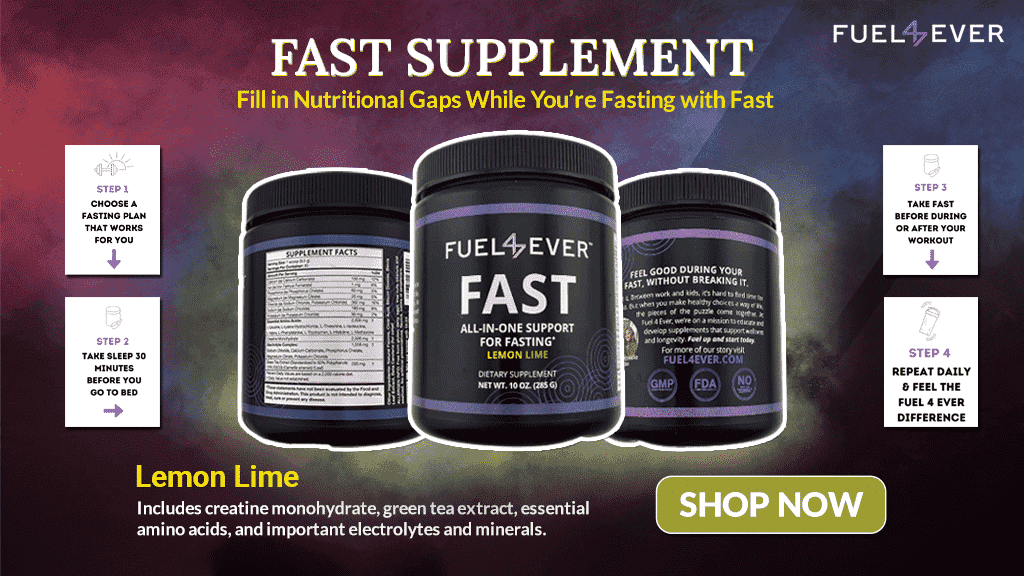Are you intrigued by the promises of intermittent fasting but uncertain where to begin? Whether you’re seasoned faster or just embarking on this journey, mastering the nuances of intermittent fasting is crucial for success. Intermittent fasting has emerged as a popular trend in recent years, with proponents citing its effectiveness in weight loss, improving metabolic health, and potentially extending lifespan. However, it’s vital to carefully consider how you break your fast, as this aspect is equally critical. For an intermittent fasting guide, read on to uncover the essentials for achieving your health and wellness goals.
Understanding Intermittent Fasting
Not a diet, intermittent fasting is a way of eating, you fast and then you eat in certain cycles. There are various methods of intermittent fasting, including the 16/8 method, where you fast for 16 hours and eat within an 8-hour window, or the 5:1 method, during which you can eat normally for five days and And for the next 2 days, you eat 500 fewer calories.
Importance of Breaking the Fast Correctly
Achieving your goal is possible in many ways but, of course, breaking your fast with what is advised is very important because of some reasons. It offers good digestion and prevents bloating from the foods you just refeed after fasting. Majorly, it helps to keep the blood sugar stable and avoids post-seek energy crash which is a common thing after fasting. Eventually, it will help you determine whether you would like to eat nourishing foods or indulge in unhealthy ones, thus affecting your eating habit for the entire day.
Tips for Breaking Your Fast the Right Way
- Start Slow: Don’t go for the large meal immediately on breaking the fast if you want the full effect of your fast. Rather than going with a heavy meal or snack, just start with light foods first and that way, you would allow your digestion to adjust gradually.
- Hydrate: Make sure to drink enough water during your fast and remember to hydrate when you finish fast. Alternatively, you can try herbal teas or flavored water to create extra flavor and get to keep hydrated also.
- Incorporate Protein: Try eating full-of -protein foods like eggs, legumes, or meat prior to your first meal to quench your hunger and sustain your muscle function.
- Include Healthy Fats: Healthy fats such as avocado, nuts, and olives oil can be the major component of the meals that will keep you full and satisfied after your fasting as long as you stay off of the harmful fats in your food.
- Opt for Whole Foods: Eat as many whole food options as possible and choose nutrient-dense food over some of the artificial and processed foods. In this way, you provide the right kind of nutrients and energy for your body that can sustain throughout the day.
- Listen to Your Body: Be aware of these satiety cues and stop eating only after fullness, not after overeating.
Supplement Wisely: Think about whether you want to try an intermittent fasting supplement or intermittent fasting powder, which will make fasting even more convenient for you and provide nutrients during your eating window when you fast.
Benefits of Properly Breaking Your Fast
Intermittent fasting can support digestion, give a constant energy, allow more nutrient absorption and help us reach a healthier state, including psychological balance. You can also do that by using the right approach and thus derive the maximum benefits of fasting and get a therapeutic approach for your body in return.
- According to the experiment, the best foods should be chosen during Intermittent fasting.
- During your meal, focus on getting more nutrients from food that is full of vitamins, minerals, and macronutrients that are needed everyday. Your body will thank you. Some excellent options include:
- Lean protein sources are referred to as chicken, fish, firm tofu, and bean as well.
- An example of greenery that he belittled is the delicate leaves, stems and flowers of spinach, broccoli, and kale.
- Healthy fats from provisions, for example avocado, nuts, and seeds.
- Complex carbs, for example, quinoa, sweet potatoes, and oats hold a significant position in the diet

Common Mistakes to Avoid
- Carbing high on junk that is processed or sugary can be the cause of high peaks and low falls, which are linked to the blood sugar levels.
- Replacing water, which plays a key role in digestion and maintaining overall wellbeing, with other fluids can endanger the health of the digestive tract.
- A failure to eat based on hunger signals or engaging in eating too fast or uncritically.
- When people squeeze all the healthy foods out of their diet and overemphasize the importance of extras, it is like putting a bandage on a gaping wound and rebuking the risk of infection that might spread.
Conclusion
While breaking the fast is as crucial as the fasting period, you need to appreciate the value of external processes. To recap, adhering to the recommended ways of breaking the fast and feeding your body energy-giving foods will better your health goals and deliver you the maximum benefits of intermittent fasting. Make sure you give ear to your body and drink enough fluids to ensure that you have energy left. Only whole foods matter so you will keep feeling good. Through appropriate means, you will enjoy these gains in control of your health and regeneration. Many details that space limit here can be read further in our extensive fasting guide.
